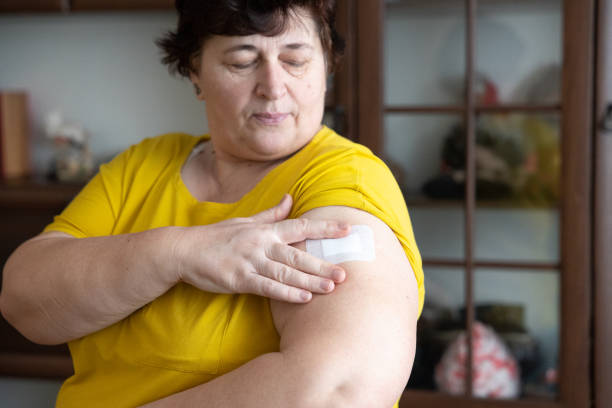In the realm of cosmetic and medical procedures, labiaplasty stands as a topic of both curiosity and controversy. This surgical intervention, aimed at altering the size or shape of the labia minora or majora, has garnered attention in recent years. However, amidst discussions surrounding physical aesthetics, it’s crucial to delve into the underlying motivations, procedures, and considerations associated with labiaplasty. Additionally, exploring the parallel realm of low testosterone treatment adds depth to understanding body image concerns and medical interventions.
Understanding Labiaplasty: A Surgical Perspective
Labiaplasty, often referred to as vaginal rejuvenation or labial reduction, involves the surgical alteration of the labia minora or majora. While motivations for undergoing this procedure vary, common reasons include discomfort during physical activities, irritation from clothing, or self-consciousness about the appearance of the genitalia.
The Procedure: Typically performed under local anesthesia, labiaplasty involves trimming excess tissue from the labia minora to achieve a desired size and shape. In some cases, the labia majora may also be reshaped or reduced. Surgeons utilize various techniques, including trim or wedge procedures, to achieve the desired outcome while preserving functionality and sensation.
Recovery and Risks: Post-surgery, patients may experience swelling, bruising, and discomfort, which usually subside within a few weeks. However, as with any surgical procedure, labiaplasty carries risks such as infection, scarring, and changes in sensation. It’s imperative for individuals considering this surgery to thoroughly discuss expectations, risks, and potential complications with a qualified surgeon.
Navigating Body Image: Psychological Considerations
Beyond the physical aspects, labiaplasty intersects with complex psychological factors. Body image concerns, societal standards, and personal perceptions play significant roles in individuals’ decisions to pursue cosmetic interventions. Understanding these psychological dynamics is essential for both patients and healthcare professionals.
Body Positivity vs. Medical Necessity: Critics often scrutinize labiaplasty within the context of promoting unrealistic beauty standards. However, it’s crucial to acknowledge that for some individuals, labiaplasty isn’t solely about aesthetics but can also address genuine physical discomfort or functional issues. Balancing body positivity with medical necessity underscores the importance of personalized care and informed decision-making.
Low Testosterone Treatment: A Holistic Approach
Shifting focus from labiaplasty, exploring the realm of low testosterone treatment provides insight into another facet of body and health management. Testosterone, a hormone primarily associated with male characteristics, also plays vital roles in female health, influencing libido, bone density, and muscle mass.
Understanding Low Testosterone: Low testosterone levels in women can manifest as decreased libido, fatigue, mood changes, and reduced muscle strength. While it’s natural for testosterone levels to decline with age, certain medical conditions or lifestyle factors can exacerbate this decline, necessitating intervention.
Treatment Options: Low testosterone treatment aims to restore hormonal balance and alleviate associated symptoms. Options include hormone replacement therapy (HRT), lifestyle modifications such as exercise and dietary changes, and addressing underlying medical conditions contributing to testosterone deficiency.
Conclusion:
In a world inundated with societal pressures and idealized standards of beauty, individuals navigate a complex landscape of personal decisions and medical interventions. Labiaplasty and low testosterone treatment exemplify the intersection of body image, health, and autonomy.
Empowerment lies in informed choices, where individuals are equipped with knowledge, supported in their decisions, and embraced without judgment. Whether opting for surgical alterations or medical interventions, prioritizing holistic well-being and individual agency remains paramount.
In essence, understanding labiaplasty and low testosterone treatment transcends surface-level discussions, inviting nuanced conversations about body acceptance, medical advancements, and the pursuit of holistic health and happiness.
